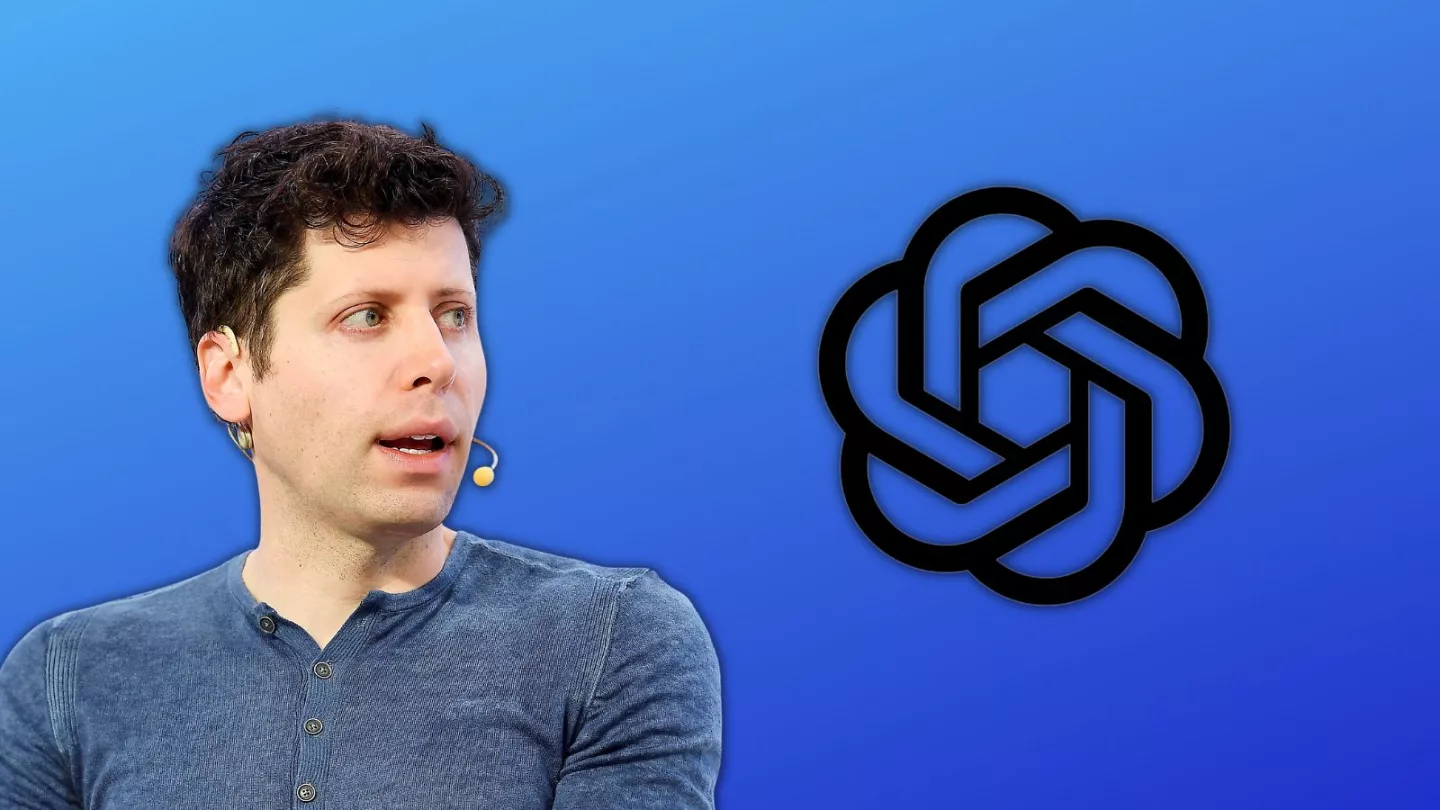The AI race is now in full swing. Many if not all tech players around the world have now stepped into the arena to battle out the AI wars and emerge as number one. Currently, OpenAI is leading the charts with its monumental ChatGPT which made waves across the world after launching in November 2022. However, while humanity is amazed at the capabilities of what conversational general AI is capable of doing, the flip side includes major concerns. Is it safe? Will it replace my job? Will AI become sentient? What is the future? are some of the questions running around on the internet surrounding ChatGPT and similar services which have either been released or are waiting to be released in the near future. Recently, OpenAI’s CEO Sam Altman sat down for an interview with ABC News where he shared his concerns about the AI race –
Sam Altman’s views on the AI race
During the interview, one major concern Sam Altman warned about was that there will be other developers who make a service similar to ChatGPT but do not put any safety limits on it. As of now, if ChatGPT is asked to write essays on controversial topics, it refuses to do so. Altman shared that not having safety protocols in place for a ChatGPT clone would be dire as the society as a whole does not have enough time to figure out how to react to it. Sam added furthermore that he is particularly worried about these large-scale language models being used to spread misinformation.
The OpenAI CEO was transparent about the issues concerning AI and also shared that AI will eventually cut a lot of current jobs. Altman was quoted saying “We’ve got to be careful here. I think people should be happy that we are a little bit scared of this” When confronted as to why he feels scared about AI, he said if he doesn’t express his fright then people should either not trust him or be very unhappy that he is in this position. We’re only at the beginning of the AI revolution thus painting a pessimistic picture of the same is not fair. However, it will be interesting to see if this new technology is a boon or a curse to humanity!
